Ever get that nagging feeling when you’re away from home? That little voice in the back of your head wondering if everything is secure? What if you could silence that voice for good? Imagine a silent guardian, one that instantly whispers updates directly to your phone the moment anything stirs.
That’s the game-changing power of a motion sensor that texts you.
You’re at work, in a meeting, and your phone discreetly buzzes. It’s a simple text: “Motion detected by the back door.” Instant awareness. Instant control. No more scrolling through hours of camera footage hoping to catch a glimpse of something important. These aren’t your parents’ clunky alarm systems; these are sleek, smart sentinels keeping a vigilant watch 24/7.
Here at MindGearMen.com, we’re obsessed with smart tech that simplifies and secures your life. When it comes to home security, motion sensors that send text alerts are a non-negotiable. So, let’s dive into the best options and the incredible tech that makes them tick.
Why Choose a Motion Sensor That Texts?
Let’s be real. In our busy lives, we can’t be glued to a security app all day. The genius of a motion sensor that texts is its proactive nature. Instead of you having to pull information, it pushes the most critical alerts directly to you.
This simple function is crucial for:
- Immediate Threat Detection: Know the second something is wrong, allowing you to alert authorities or check your cameras immediately.
- Total Remote Monitoring: Keep tabs on your home, office, or vacation property from anywhere on the globe.
- Unbeatable Convenience: Get the essential updates without needing to open an app or deal with complex interfaces.
- True Peace of Mind: Finally quiet that anxious voice by knowing you’ll be the first to know if anything happens.
Before we get to our top picks, let’s pull back the curtain and see how these clever gadgets actually work.
How Do They Work? The Tech Behind the Text
The magic behind an instant alert isn’t magic at all—it’s fascinating technology. Understanding it helps you choose the right sensor for your needs.
PIR (Passive Infrared) Sensors: The Heat Detectives
This is the most common type of sensor. Think of it as constantly scanning for heat signatures.
- How it Works: A PIR sensor uses a pair of pyroelectric sensors that are sensitive to infrared energy (i.e., body heat). In its idle state, both sensors see the same ambient amount of IR energy. But when a warm body, like a person or a large pet, walks into its field of view, it causes a differential change—one sensor detects the heat before the other. This sudden change in infrared energy generates an electrical signal, which triggers the alarm and sends you that text. They are “passive” because they don’t emit any energy; they just read it.
Microwave Sensors: The Wave Warriors
These sensors are like a tiny radar station, actively sending out signals.
- How it Works: Using the Doppler effect, these sensors emit a continuous wave of low-power microwave signals. These signals bounce off objects in the room and return to the sensor. If everything is still, the reflected waves come back at the same frequency. But if something moves, it disrupts the waves, causing their frequency to shift. The sensor detects this shift and triggers an alert. They can cover larger areas and even see through thin walls, but can sometimes be triggered by moving objects like a ceiling fan.
Ultrasonic Sensors: The Sound Bouncers
Operating beyond the range of human hearing, these sensors use sound to detect movement.
- How it Works: An ultrasonic sensor emits high-frequency sound waves that blanket an area. These waves bounce off every object and return to a microphone on the sensor. The device calculates the time it takes for the echo to return. If a person enters the room, their body disrupts the sound waves, changing the echo time. This change signals movement and triggers the notification.
Integration: Making Your Motion Sensor Part of the Team
In a truly smart home, no device works alone. Your motion sensor should be a team player, integrating seamlessly with your other gadgets and platforms.
- Smart Home Compatibility: Before you buy, check the sensor’s compatibility. Does it use Wi-Fi, Zigbee, or Z-Wave? Is it certified to work with major platforms like Amazon Alexa, Google Assistant, Apple HomeKit, or automation hubs like IFTTT (If This, Then That)? A well-integrated sensor can do more than just text you; it can trigger lights to turn on, a siren to sound, or even your smart speakers to announce the alert.
- The Power of Firmware Updates: Your sensor is a tiny computer. Just like your phone, it needs occasional software updates. These firmware updates, usually delivered through the manufacturer’s app, are critical. They patch security vulnerabilities, improve sensor reliability, fix bugs, and can even add new features. Always choose a product from a reputable brand that provides regular updates.
When Your Security Camera’s Motion Detection Isn’t Enough
Many security cameras have built-in motion detection, so why get a separate sensor? Because they work differently, and a dedicated sensor is often far more reliable.
- Troubleshooting Camera Motion Alerts: If your camera fails to detect motion, check these things first: Are the sensitivity settings too low? Are the “motion zones” drawn correctly to cover the target area? Is the camera’s view obstructed? Is the firmware up to date?
- Optical vs. PIR Detection: A Huge Difference:
- Optical (Pixel Change): Most cameras detect motion by analyzing the video feed. They compare frames, and if enough pixels change color or brightness, it triggers an alert. This is why they are notoriously prone to false alarms from swaying trees, car headlights, shadows, and even bugs flying past the lens.
- PIR (Infrared): A dedicated motion sensor (or a high-end camera with a built-in PIR sensor) detects changes in heat energy. This is far more accurate for detecting people and large animals, dramatically reducing false alarms from environmental factors. Pairing a PIR sensor with a camera gives you the best of both worlds: reliable detection that prompts you to view the camera footage.
Dealing with Interference and Connectivity Glitches
A wireless sensor is only as good as its connection.
- Wireless Interference: Your home is filled with wireless signals. Wi-Fi, Bluetooth, cordless phones, and even your microwave can potentially interfere with the signal from your sensor. This can lead to delayed or missed alerts. To combat this, place your sensor within a reasonable range of your Wi-Fi router or smart hub, and try to minimize the number of thick walls or large metal objects between them.
- When to Go Hardwired: For mission-critical security, like in a business or a large property, hardwired setups are the gold standard. A physical wire connecting the sensor to the alarm panel eliminates the possibility of wireless interference or signal jamming, providing unmatched reliability.
Top 5 Motion Sensors That Text You Instantly
- The All-Around Smart Home Champion (Ring Alarm Motion Detector, SimpliSafe Motion Sensor): These sensors are part of a complete, easy-to-use ecosystem. They require a base station and a subscription plan but offer rock-solid reliability, cellular backup (so they work if Wi-Fi goes down), and seamless integration with cameras, door sensors, and professional monitoring services. The text alerts are fast and dependable.
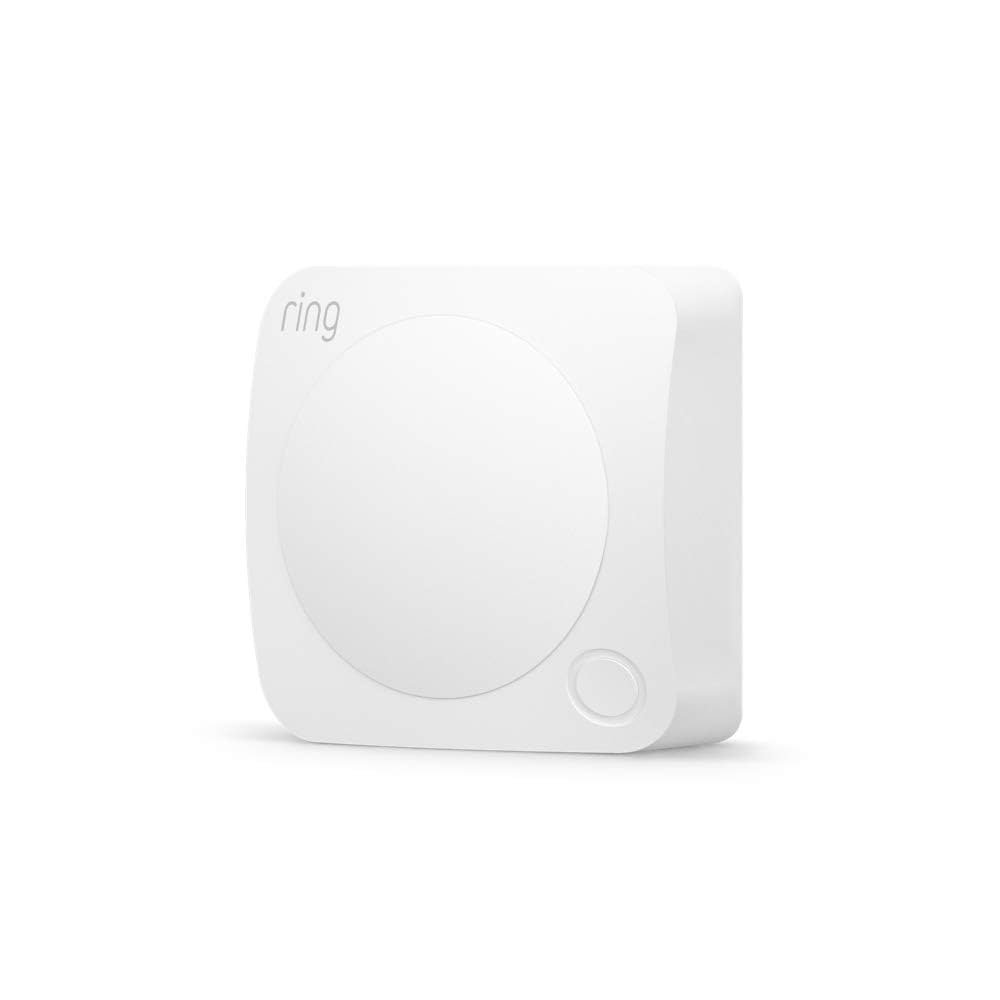
- The Standalone Wi-Fi Wonder (YoLink Motion Sensor, Govee Motion Sensor): For those who don’t want a full security system, these standalone Wi-Fi sensors are perfect. They connect directly to your home’s Wi-Fi network and use an app to send push notifications, which can often be configured to send texts via third-party services. They are affordable and incredibly easy to set up.
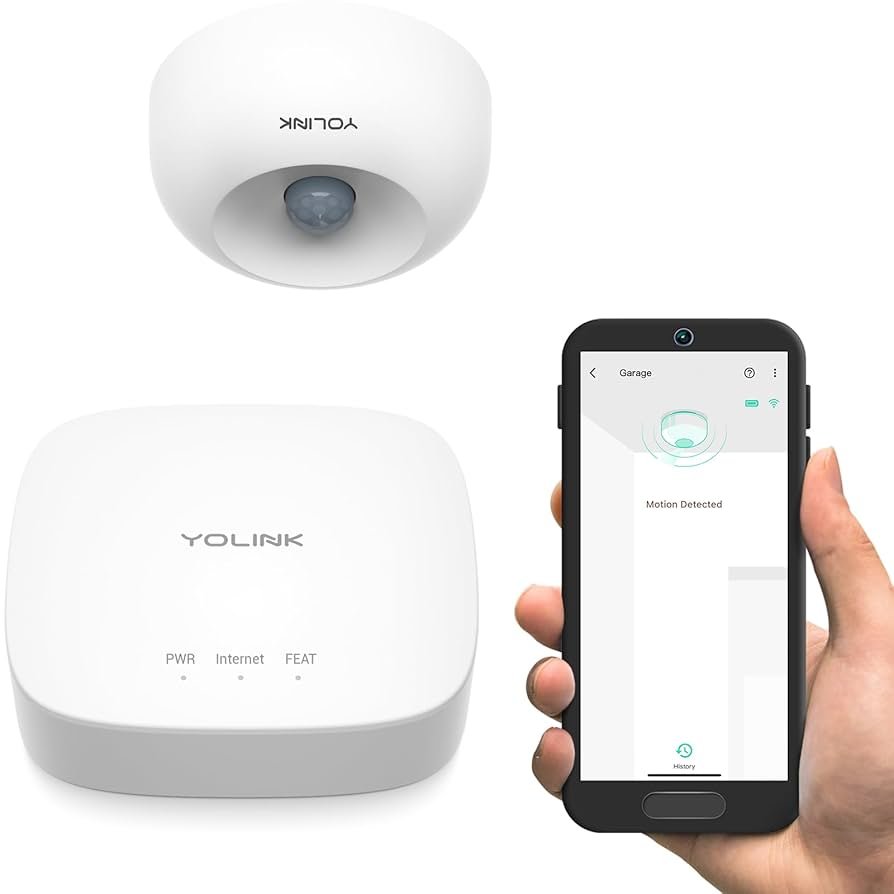
- The Cellular-Connected Guardian (various models on Amazon): What if you need to monitor a place with no Wi-Fi, like a shed, RV, or boat? A cellular motion sensor is the answer. It has its own SIM card and uses the cellular network to send you a text message directly. They often have a small service fee but offer unparalleled flexibility for remote monitoring.
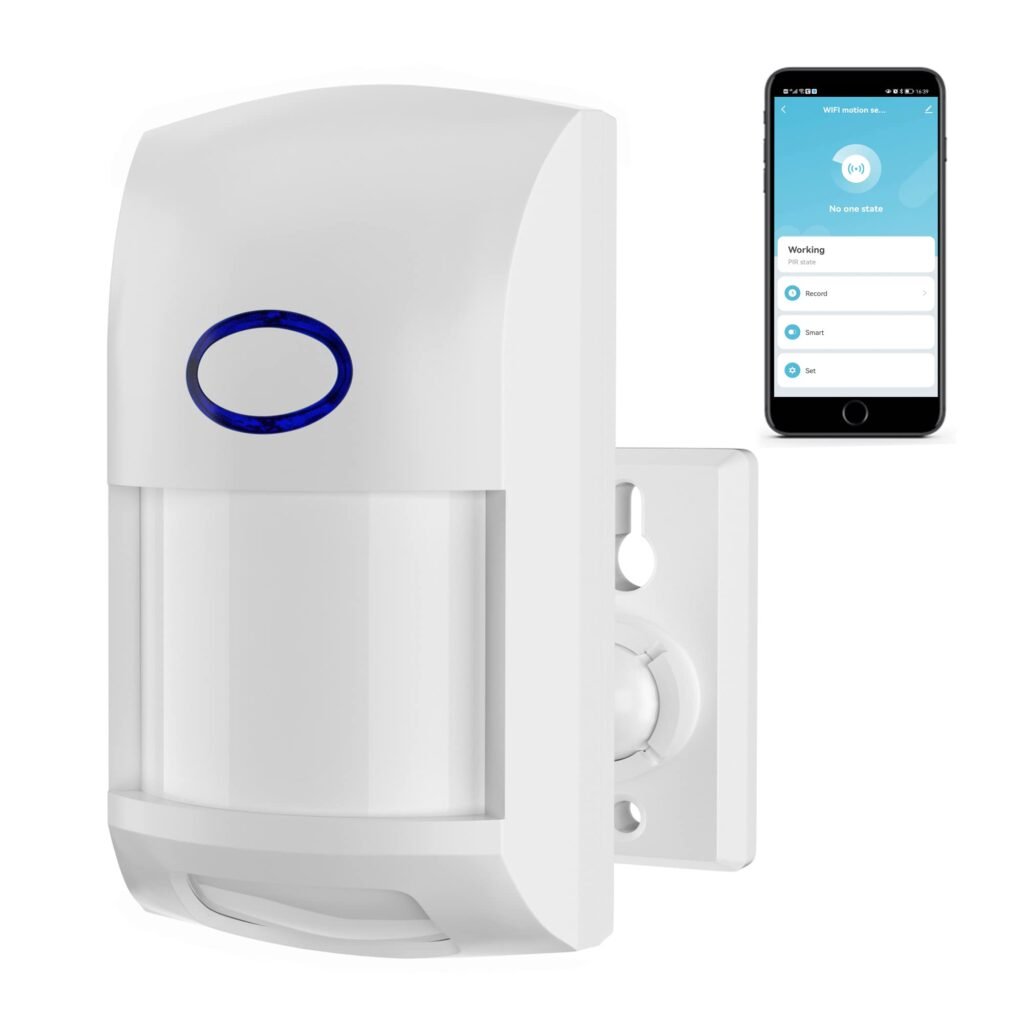
- The Outdoor & Weatherproof Sentry (Ring Outdoor Motion Sensor, Philips Hue Outdoor Sensor): Monitoring your yard or driveway requires a sensor built to withstand the elements. These models are weatherproof and often feature enhanced technology to reduce false alarms from pets and passing cars. When paired with a smart hub, they can trigger outdoor lights and send you an instant alert.
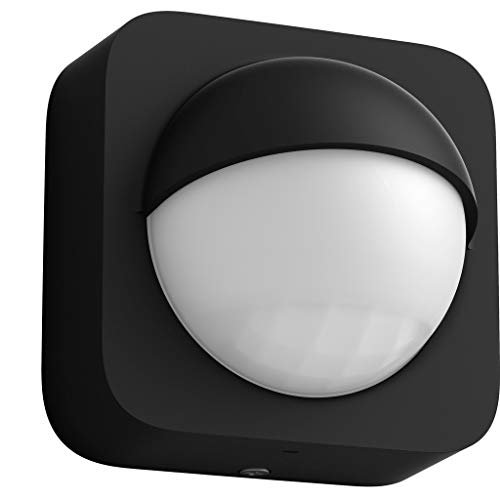
- The Automation & IFTTT Pro (Aqara Motion Sensor, Zooz Z-Wave Plus Motion Sensor): For the true tech enthusiast, these sensors (often Zigbee or Z-Wave based) offer incredible customization. When connected to a compatible smart hub like Hubitat or a Home Assistant setup, you can create complex automation rules. For example: “If motion is detected after 11 PM, text my phone, turn on all house lights to 100%, and play a dog barking sound on the living room speaker.”
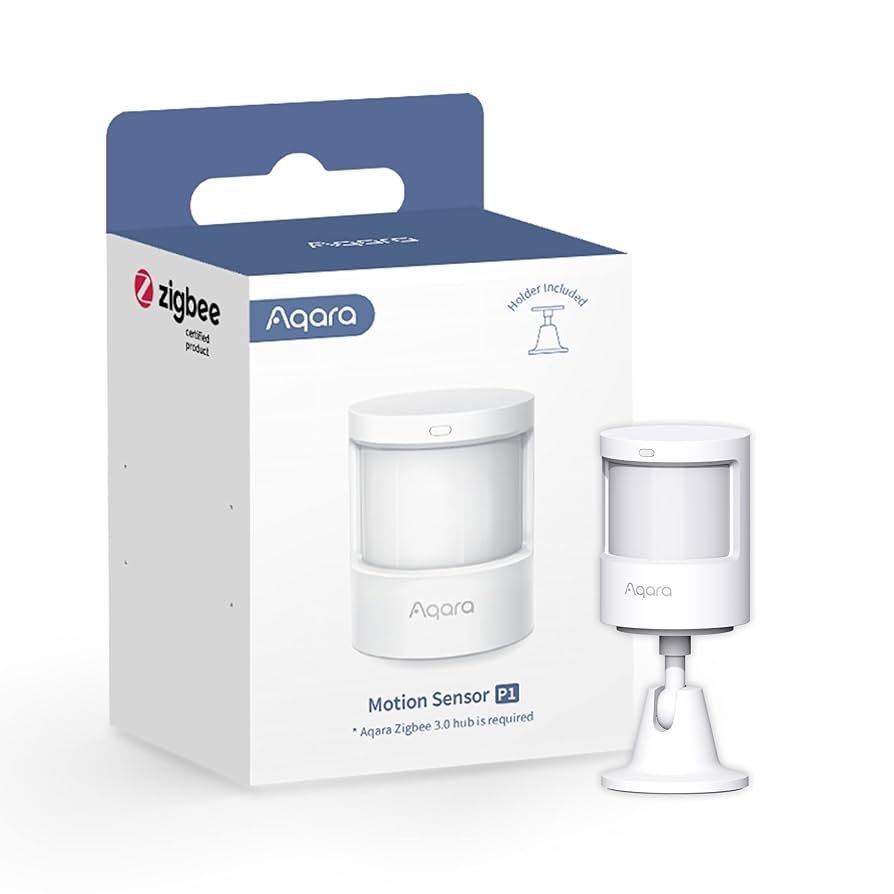
Beyond Security: More Genius Uses for Motion Sensors
- Occupancy Counting: In a business, sensors can track how many people enter a space, providing data to optimize staffing and energy use.
- Retail Magic: A sensor near a display can trigger spotlights to highlight a product when a customer approaches.
- Accessibility: Motion sensors are the technology behind automatic doors, making spaces more accessible for everyone.
Solving the #1 Problem: False Alarms
Nothing makes you ignore alerts faster than constant false alarms. Here’s how to stop them.
- Common Culprits: Pets are the top cause. Other triggers include heating vents kicking on, sunlight drifting across a room, curtains blowing near a vent, and even robotic vacuums.
- Solutions & Best Practices:
- Placement is Everything: Install sensors in corners, about 7-8 feet high, pointing down and away from windows and heat sources.
- Pet-Friendly Models: Look for sensors with “pet immunity,” which are designed to ignore movement from objects below a certain weight.
- Adjust Sensitivity: Most sensors allow you to adjust sensitivity settings in the app. Start high and dial it back until you find the sweet spot.
- Use Detection Zones: If your system allows, create zones that exclude areas where pets frequently roam.
Frequently Asked Questions (FAQ)
Here are some quick answers to the most common questions we get about motion sensors that send text alerts.
1. Do these sensors send an actual SMS text message or a push notification?
That’s a great question, as the terms are often used interchangeably. Here’s the breakdown:
- Push Notifications: Most modern Wi-Fi-connected sensors send alerts via their dedicated app. These are the pop-up notifications you see on your phone’s lock screen. They are instant and free (besides your data plan).
- SMS Text Messages: Some systems, particularly those with a professional monitoring plan or a built-in cellular connection, can send a true SMS text message. This is a major advantage if your phone has poor internet reception but can still receive texts.
For most users, an instant push notification serves the same purpose as a text. However, for maximum reliability, look for systems that offer both or have a cellular backup.
2. What happens if my Wi-Fi goes down? Will I still get alerts?
This is a critical security question. For a standard, Wi-Fi-only sensor, if your internet goes down, the sensor cannot send alerts. However, more robust security systems (like those from Ring or SimpliSafe) solve this problem with a cellular backup. If the Wi-Fi fails, the system automatically switches to a built-in cellular connection to ensure your security stays online and you still receive critical alerts.
3. I have a big dog. Will my pets constantly trigger the alarm?
This is one of the biggest concerns for pet owners! The good news is that most modern, high-quality motion sensors have a feature called “pet immunity” or “pet-friendly” settings. They use a combination of smart technology and specialized PIR sensors to ignore movement from objects below a certain weight and size (e.g., under 50 lbs). While not 100% foolproof, a properly installed pet-friendly sensor dramatically reduces the chance of your furry friend causing a false alarm.
4. How much do these systems typically cost?
The cost can be broken into two parts:
- Upfront Hardware Cost: A single standalone Wi-Fi motion sensor can be very affordable, often ranging from $20 to $50. If you’re buying into a full security ecosystem, the starter kits (which include a base station, motion sensor, and door sensors) typically range from $150 to $400.
- Subscription Fees: Standalone sensors usually have no monthly fee. For comprehensive systems with features like cellular backup, professional monitoring, and extended video storage, you can expect a monthly subscription fee, typically between $10 and $25.
5. How difficult are these motion sensors to install?
For the vast majority of wireless models, installation is incredibly simple and designed for a DIY approach. It usually involves:
- Activating the sensor in the app.
- Peeling off an adhesive backing.
- Sticking the sensor to a wall or corner, typically about 7-8 feet off the ground.
The whole process often takes less than five minutes per sensor. No wires, no drilling, no fuss!
6. Is the motion sensor always watching or listening to me? What about privacy?
This is an excellent and important question. A standard motion sensor has no camera and no microphone. Its only job is to detect changes in motion, either through body heat (PIR) or reflected waves (microwave/ultrasonic). It is not “watching” or “listening” in the way a security camera or smart speaker does. Your privacy is protected because the device is only capable of detecting movement, not recording images or sound.
7. How long do the batteries last in a wireless sensor?
Battery life is a huge factor for convenience. For most modern wireless motion sensors, you can expect the batteries to last anywhere from 1 to 3 years with typical usage. Factors that can affect battery life include how frequently motion is detected (a sensor in a busy hallway will use more power than one in a storage room) and the strength of its connection to the hub or router. Almost all systems will send you a low-battery notification on your phone well in advance, so you’ll have plenty of time to replace them.
8. What is the typical range of a motion sensor? How much area can one cover?
This varies by model, but a typical indoor motion sensor can detect movement up to 25 to 45 feet (about 8 to 14 meters) away. They also have a field of view, or detection angle, which is usually between 90 and 110 degrees. When placed in the corner of a room, a single sensor can effectively cover most standard-sized living rooms, bedrooms, or main hallways. Always check the product specifications for the exact range and coverage angle before you buy.
9. Can my family members or spouse get the alerts on their phones too?
Yes, absolutely! Virtually all smart security systems are designed for households and allow the primary account holder to grant access to other users. Through the system’s app, you can typically invite family members or trusted friends to receive notifications and, depending on the permissions you set, even arm or disarm the system from their own phones.
10. Can I use an indoor motion sensor outside?
It’s highly recommended to use a sensor specifically designed for outdoor use. An indoor sensor placed outside will likely fail quickly and cause constant false alarms. Outdoor-specific models are built differently for several key reasons:
- Weatherproofing: They are sealed to protect against rain, dust, snow, and humidity.
- Temperature Tolerance: They are designed to function in a much wider range of extreme hot and cold temperatures.
- Advanced Filtering: They have more sophisticated technology to distinguish between genuine threats and false alarms from swaying tree branches, passing cars, or blowing leaves.
Get Notified, Stay in Control
In a world full of uncertainties, a motion sensor that texts you is a simple, powerful tool for reclaiming your peace of mind. It’s a direct line from your protected space to the palm of your hand. By understanding the technology, choosing the right device for your needs, and integrating it smartly into your life, you’re not just buying a gadget—you’re investing in security, convenience, and control.
Ready to upgrade your home’s IQ and your own peace of mind?
Head over to MindGearMen to check out our latest in-depth reviews and buying guides on smart home security to find the perfect motion sensor solution for you!



Heya i’m for the primary time here. I came across this board and I find It truly helpful & it helped me out much. I hope to present one thing back and help others such as you aided me.